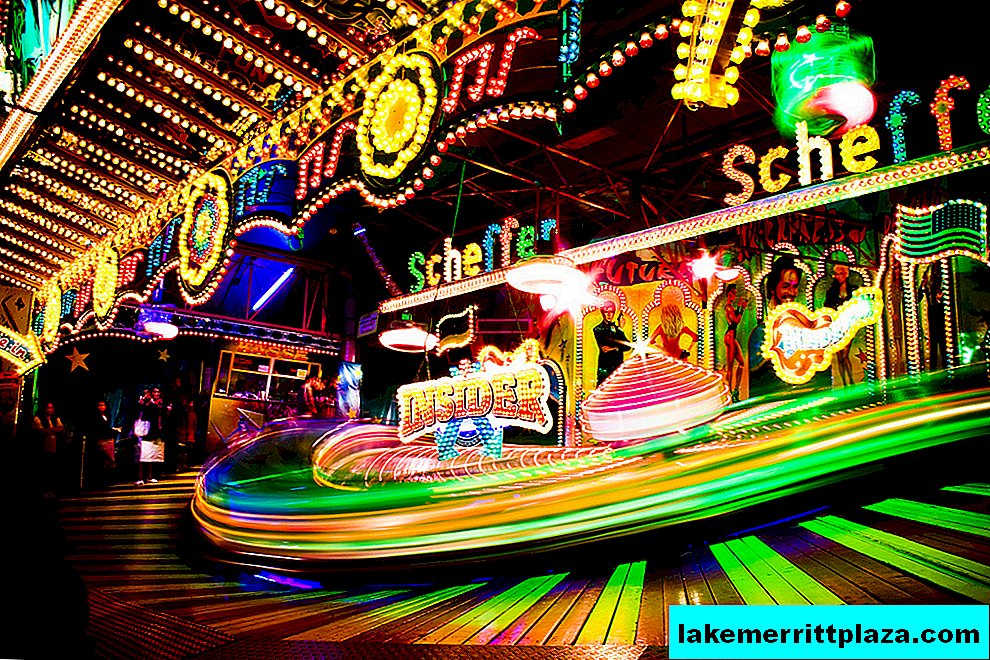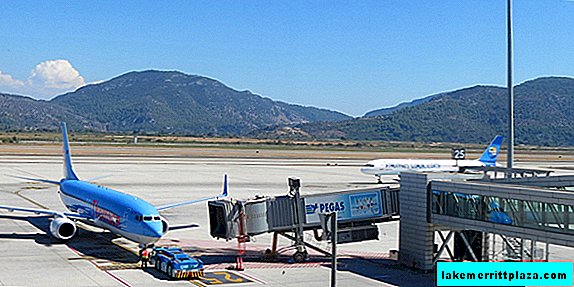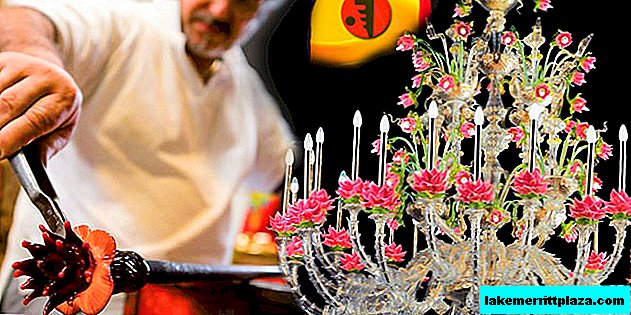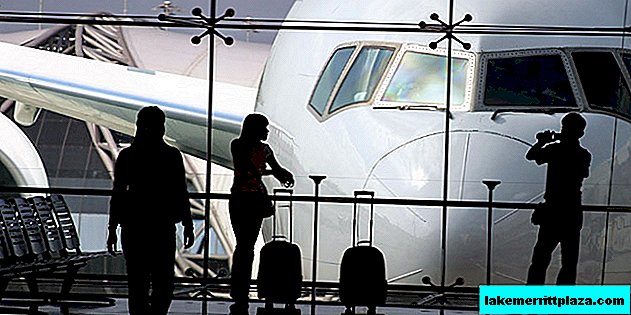The Apostolic Church is a Romanesque three-nave basilica with two transepts and three towers: two eastern and one western tower, whose height is 67 m. The octagonal dome-lantern crowns the eastern middle cross.

Apostolic Church, photo Mr. Pixel
The Apostolic Church (St. Aposteln) - an oasis of peace and quiet on the lively Neumarkt Square, was built in the XI-XII centuries. It was rebuilt many times, during the war it was destroyed, but already in 1957 its restoration began, which lasted almost 40 years. On September 18, 1965, Pope Paul VI awarded the Apostolic Church the title of Lesser Papal Basilica. From January 1, 2010 it is already the main parish church of Cologne and the center of the Apostolic Catholic community.
Go inside to see modern murals and stained glass windows restored after the bombing. A huge lantern resembling a crown is suspended in the center of choirs made in the form of a clover leaf. Above it you will see frescoes in restrained gray-blue tones in the style of cubism, depicting the revelation of St. John. The frescoes were painted by Hermann Gottfried in 1988-1993. They are unusual and completely unlike those that can be seen in other churches of the city.








Wooden sculptures of 12 apostles (circa 1330) and
14 holy assistants (XVI-XVIII centuries); Christ in the crown of thorns (1450) and the apostles Peter and Paul (XVIII century); font in the Romanesque style (about 1200); painting "Martyrdom of St. Catherine" (XVII century.).
How to get there
Drive to Neumarkt Station.








